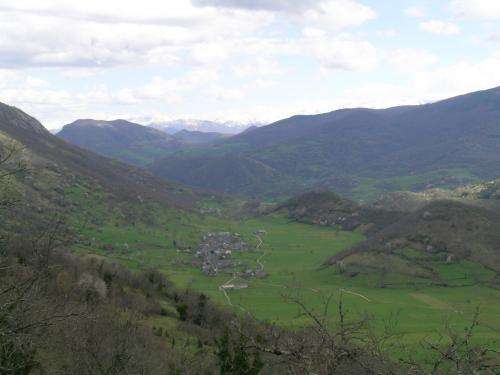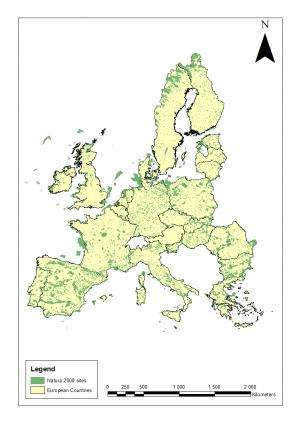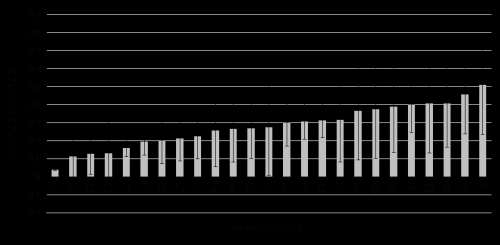Natura 2000 networks: Improving current methods in biodiversity conservation

The world's biodiversity is currently in rapid decline, with human-mediated global change being a principal cause. Europe is no exception, and the Natura 2000 network provides an important conservation tool for biodiversity on a European level. It forms a network of natural and semi-natural sites within the region with high heritage values due to the exceptional flora and fauna they contain. The goal of the Natura 2000 network is to maintain the biological diversity of environments, while taking into account economic, social, cultural and regional logic of sustainable development. A new study published in the open access journal Nature Conservation provides an evaluation of the effectiveness of Natura 2000 and sets objectives and recommendations for the future.

The analysis in the paper is based on a coverage ratio between the Natura 2000 sites and distribution maps of 300 threatened IUCN red listed European species. The study shows that the distributions of a large proportion of threatened species of mammals, birds and reptiles are highly covered (above 90%), demonstrating the effectiveness of the Natura 2000 network. However, results also confirm that a large proportion of threatened species, especially fishes, are currently still poorly covered. Of the 124 fish species considered, 22 species had a range coverage of less than 10 %. The coverage of species also seems to be highly related to national demographic factors, as the proportion of the national urban population. Further analysis suggests that the designation of sites depends too strongly on governmental politics, economic and cultural criteria, and interactions between society and the environment.
In order to improve the management of sites, a common and standardized management of the Natura 2000 sites with a uniform framework among member states needs to be established. The study suggests that sites should be under continuous observation and evaluation, to determine their importance for the conservation of biodiversity in a biogeographical region. Such an approach would improve efficiency and determine high priority Natura 2000 sites, as well as provide a basis on which to determine appropriate resource allocation. These approaches will help with the selection process, and may decrease the impact of the political agenda, as current observed.

"Our results recommend increasing the number of Natura 2000 sites, in order to overlay a large proportion of the distribution map of considered species. We further recommend developing public awareness and participation to increase the ecological conscience. The involvement of local people in conservation strategies has been shown to be highly efficient.", comment the authors of the study Dr Trochet, Station d'Ecologie Expérimentale du CNRS а Moulis and Dr Schmeller, UFZ - Helmholtz Centre for Environmental Research. "Our recommendations should increase the efficiency of Natura 2000 network by avoiding the establishment of ineffective sites (with a low number of protected species), as observed in several member states with a high Natura 2000 surface coverage but with a low number of protected species."
More information: Trochet A, Schmeller DS (2013) Effectiveness of the Natura 2000 network to cover threatened species. Nature Conservation 4: 35. doi: 10.3897/natureconservation.4.3626
Journal information: Nature Conservation
Provided by Pensoft Publishers


















